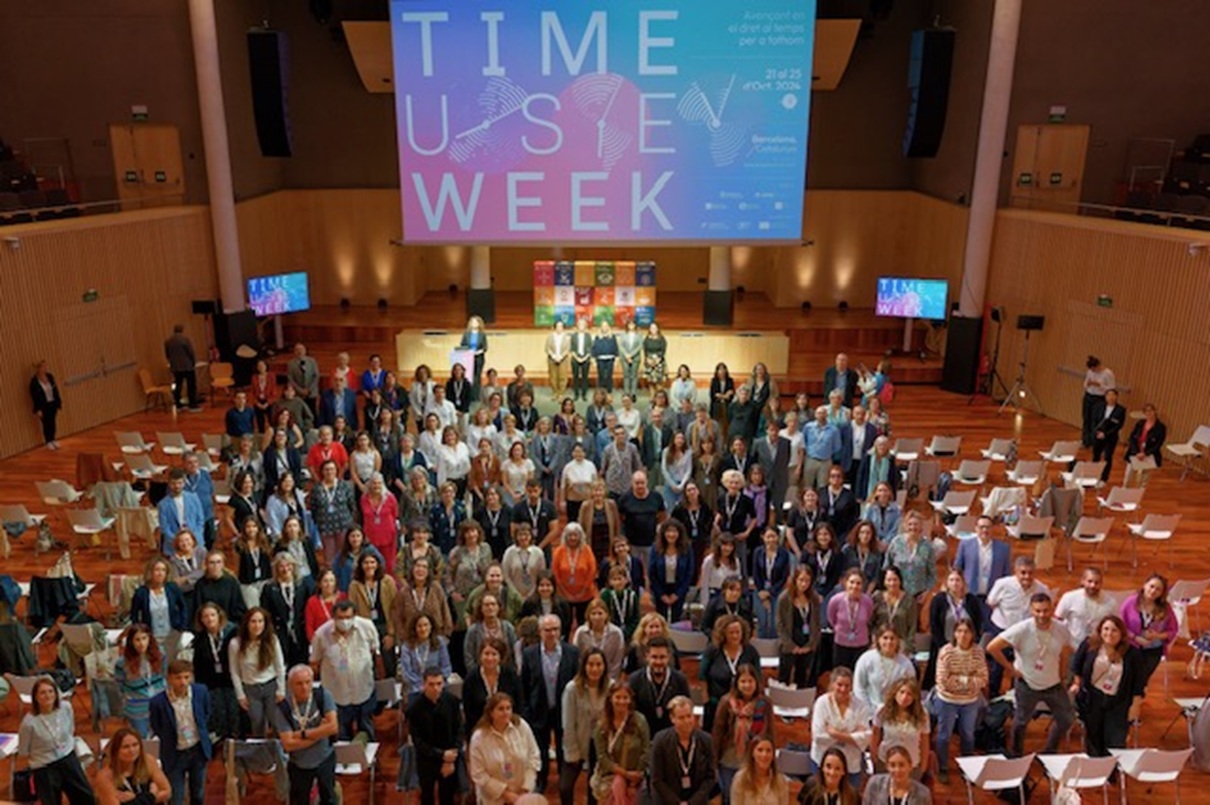Kyiv Digital began much like a typical traditional digital transformation project for a major European city: aiming to deliver more effective services to its residents.
But after the outbreak of war, priorities changed.
The city had to focus on basic needs for safety and security, and access to essential services such as groceries and pharmacies. New features were introduced based on the suggestions and demands of local businesses, residents and internally displaced people.
Now, the Kyiv Digital environment is shaped by an effective feedback loop, extending services based on needs.
Ukraine was the first country in the world to make digital identity documents comparable in legal status to paper ones.
Currently, Diia, the national government’s app which is used by over 20 million people and gives access to dozens of services, from payments to marriages and includes partnerships with companies such as Visa.
By working alongside the Ukrainian government, UNDP with financial support from Sweden helped develop critical digital solutions, particularly in advancing the Diia platform. The Diia integration to Kyiv Digital enables important document sharing from parking benefits for veterans to free public transportations and services on the Portal of the Defender.
The evolution of Kyiv Digital and its integration with Diia illustrates how digital infrastructure, when designed in response to real-world needs, can become a vital tool for resilience and participation.
This case challenges the traditional notion of governance as a state-centric function, highlighting instead a more networked, participatory, and adaptive approach—one where technology is not just a service delivery mechanism but a platform for collective problem-solving.
A call to action amid crisis
The city of Kyiv, and Ukraine more generally, demonstrates how crises can sometimes accelerate useful innovation, providing models that the rest of the world can learn from.
When the war started in February 2022, the city of Kyiv already had a functioning city platform providing mobility services to more than 1 million users. It quickly became a way to alert residents of upcoming air strikes.
The old Soviet siren system only covered 30% of the city of 3 million, so Kyiv’s IT department quickly integrated a new air raid notification function into the app it had already developed for transport.
Victoria Itskovych, Head of Kyiv IT department said: “Nobody has a plan for the war. On 24 February, me and my 20 colleagues moved into our data centres and lived there for nearly two months to secure the functionality of our key digital infrastructure.”
A practical city application turned into life saving technology.
Adapting to new realities
Next came daily survival.
Businesses were closing, Google maps had blocked functionality, and city residents didn’t know when and where essential services were available.
To support owners to keep their doors open and attract shoppers despite the new conditions, Kyiv Digital created an updated map of pharmacies providing essential medicine, shops selling food and water fountains to refill on potable water. Three weeks in, after the city posted a call to businesses to be featured in the map, more than 2000 stores opened, providing lifelines for the remaining residents.
By 2024, as Kyiv grew to nearly 4 million residents—including evacuees from eastern Ukraine—the app’s relevance grew. Regular blackouts caused by targeted attacks on energy infrastructure prompted Kyiv Digital to add notifications for planned outages and power restorations.
Today, nearly all of Kyiv’s adult population relies on the apps for critical updates.
To streamline service delivery, Kyiv Digital also partnered with the national Diia system and local banks; initiatives like the Kyivan Card connected residents to critical financial and social support and resources.
The app’s upcoming City services portal in 2025 aims to expand its reach and include adaptations for people with disabilities and tailored services for war veterans and their families.
While Kyiv Digital focused on local crisis adaptation, Diia played a critical role at the national level, ensuring that displaced citizens and those affected by the war could quickly access vital services.
Early in the war, supported by the UNDP DIA Support Project, Diia introduced registration and financial aid applications for internally displaced persons, expediting relief efforts for those forced to flee their homes.
One of its most significant innovations was єДокумент (eDocument), a digital ID that remained operational offline, allowing individuals to verify their identity even when networks were disrupted.
Additionally, Diia developed the Resilience Points Map, a centralized tool helping residents locate essential resources such as shelters and energy hubs.
To bolster national security, it introduced єВорог (eEnemy), a chatbot enabling citizens to report enemy movements directly to authorities.
The platform also provided a structured application process for individuals seeking compensation for destroyed property, ensuring that those affected by conflict had a means to claim restitution.
Trust and participation for resilience
Kyiv Digital understood the need to balance different needs: while immediate safety and survival were the top priority for citizens, societal resilience depended on people still feeling they had a voice in decisions.
Although it is unlikely that someone downloads the app specifically for its polling or democracy features, these elements are integral to Kyiv’s vision of resilience. For example, it introduced digital features allowing housing cooperatives to vote on energy solutions like solar panels and generators.
Itskovych noted “Democracy will be strong when people believe in it”.
Beyond helping citizens prepare for shocks and take shelter, the app fostered a sense of solidarity.
In a world where misinformation can spread rapidly, Kyiv Digital’s reliability and adaptability stood out. By August 2023, with 2.8 million active users, it had become an indispensable part of Kyiv’s governance.
Innovation in action
Kyiv Digital embodies the shift from rigid institutions to adaptive, networked governance, where public, private, and civic actors co-design solutions in real time.
Its evolution shows that trusted, open digital infrastructures can serve as both crisis response tools and long-term enablers of participation and resilience.
As we rethink public institutions, the future lies in modular, responsive systems that empower communities—not just deliver services.
Kyiv Digital – and the national Diia app – both show that institutional innovation is possible even in the most precarious circumstances.
Their success lies in their simplicity – bringing together dozens of different services in easy-to-use ways, and in their ability to connect practical access to services with a democratic ethos.
As Victoria stated “For any emergency – be it floods, earthquakes, or pandemics – cities need a trusted channel of communication that cannot be hijacked to spread fear and panic.”
The vision for the future of Kyiv Digital is an agile and open source ecosystem, connected with the national digital platform.
This case was researched as part of Istanbul Innovation Days 2025, the UNDP’s flagship event on public innovation, and first shared on the event’s official website. We are thankful to our colleagues at UNDP and Demos Helsinki whose contributions were essential for this case story to be told.






